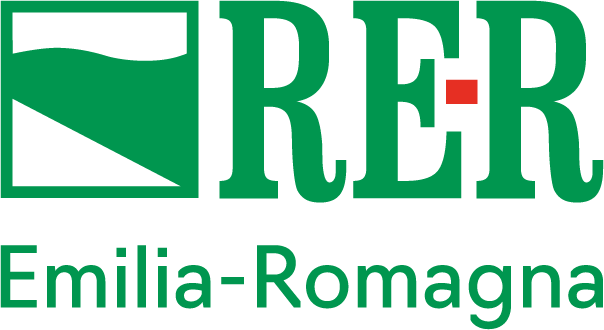Heavy metals in soil

The soil is recognized by the Thematic Strategy for Soil Protection (COM 2006/231) as a substantially non-renewable resource. It performs many functions essential to human activities and ecosystems survival: one of the main threats reported by the Thematic Strategy is its degradation by contamination. The content of heavy metals in soils is due to natural factors and human activities; in the absence of anthropogenic inputs the content detected is mainly the result of the mineralogical composition, grain size of the parent material and their weathering linked to pedogenetic processes. Knowledge of the areal distribution of the natural and natural-anthropic concentration of heavy metals in soils allows for a realistic assessment of the state of contamination.
The Geological, Soil and Seismic Risk Area since 2004 has started, in collaboration with the University of Bologna and the CNR-IBE of Florence, a mapping project to start the process of understanding the contents of some potentially toxic metals (Chromium, Nickel, Lead , Copper, Tin, Zinc) in agricultural soils of Emilia-Romagna plain that finished in 2012 and updated in 2024.
The project called "Pedogeochemical Map of Emilia-Romagna plain at 1:250,000 scale" led to the publication of:
- Pedogeochemical Map of Co, Cr, Cu, Ni, Pb, V, Zn;
- Geochemical anomalies Map of Cr, Cu, Ni, Pb, V, Zn (in the explanatory notes and available in PDF format)
- Background Map of As, Cr, Cu, Ni, Pb, Zn, Sn, V, Zn.
The purposes of this mapping are mainly three:
- to describe the content of heavy metals in the soils of Emilia-Romagna plain;
- to provide the basis for assessing the impact of agricultural and environmental management as well as pave the way for correct choices of territorial management;
- to identify areas to be subjected to more detailed investigations.
The methodology and the definitions used for the preparation of the "Pedogeochemical Map" and the "Background Map" refer to the DIN ISO 19258:2005 "Soil quality - Guidance on the determination of background values".
The bioavailability of metals in the soil was also assessed, i.e. the fraction that can be absorbed by plants through the root system (exchangeable fraction) or leached to water (soluble fraction) .
Main topics
-
-
-
-
-
-
Geological, Soil and Seismic Survey
